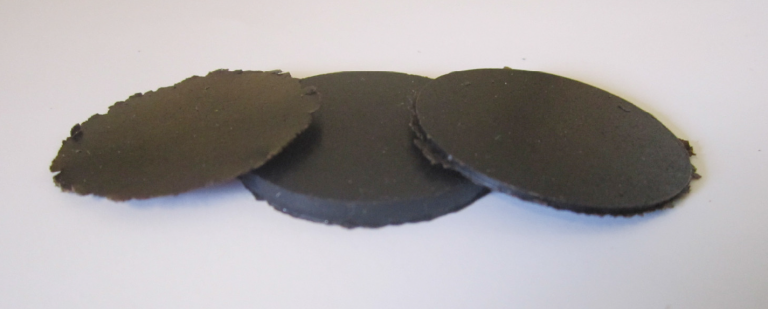Every day, greenhouse gases leak out to the atmosphere around the world, which has a negative impact on the climate. These leakages occur, among other things, from poorly managed and unplanned landfills where a lot of the organic waste ends up. What can be done to get something out of value from organic waste and prevent it from ending up in landfills, which would reduce greenhouse gas emissions? The black soldier fly larvae can be used for this purpose as they feed on organic waste and can halve the amount of waste. The larvae can be separated from the treated waste and then be used in animal feed and the treatment residue can be used as an organic fertilizer. The resources in the organic waste need to be reintroduced into the cycle in order to create a sustainable society since the assets of the earth are declining, this by converting waste and using the resources in waste.
Since it is prohibited to feed production animals with animal by-products according to Article 22 (1) (b) of Regulation (EC) No 1774/2002 of the European Parliament and of the Council, the larvae cannot be fed organic waste because the fly is considered to be a production animal. Vegetable substrates, on the other hand, are permitted to feed the larvae, but more knowledge is needed on how the larvae can absorb the difficult nutrients of these substrates. One solution could be to pretreat the substrate, which was investigated in this study where the pretreatments were performed with fungi or with ammonium solution, respectively.
The purpose of this study was to evaluate emissions of greenhouse gases, carbon dioxide, nitrous oxide and methane gas, and ammonia from fly larvae composting and how efficiently fly larvae composting works for the degradation of vegetable substrates. For more detailed information on the subject, read the thesis (in Swedish) or abstract (English), published in Diva.




 We found that the substrate properties that had the largest impact on biomass conversion ratio and larval development was the daily larval feeding rate of organic material and proteins, while only the daily feeding rate of organic material impacted the final prepupal size. The feedstock found to be most promising for black soldier fly treatment were abattoir waste, a mixture of abattoir waste and fruit & vegetable waste, food waste and human faeces. The feedstock that did not show great promise (low biomass conversion ratio, long larval development time) were the sewage sludges and fruits & vegetable waste.
We found that the substrate properties that had the largest impact on biomass conversion ratio and larval development was the daily larval feeding rate of organic material and proteins, while only the daily feeding rate of organic material impacted the final prepupal size. The feedstock found to be most promising for black soldier fly treatment were abattoir waste, a mixture of abattoir waste and fruit & vegetable waste, food waste and human faeces. The feedstock that did not show great promise (low biomass conversion ratio, long larval development time) were the sewage sludges and fruits & vegetable waste.